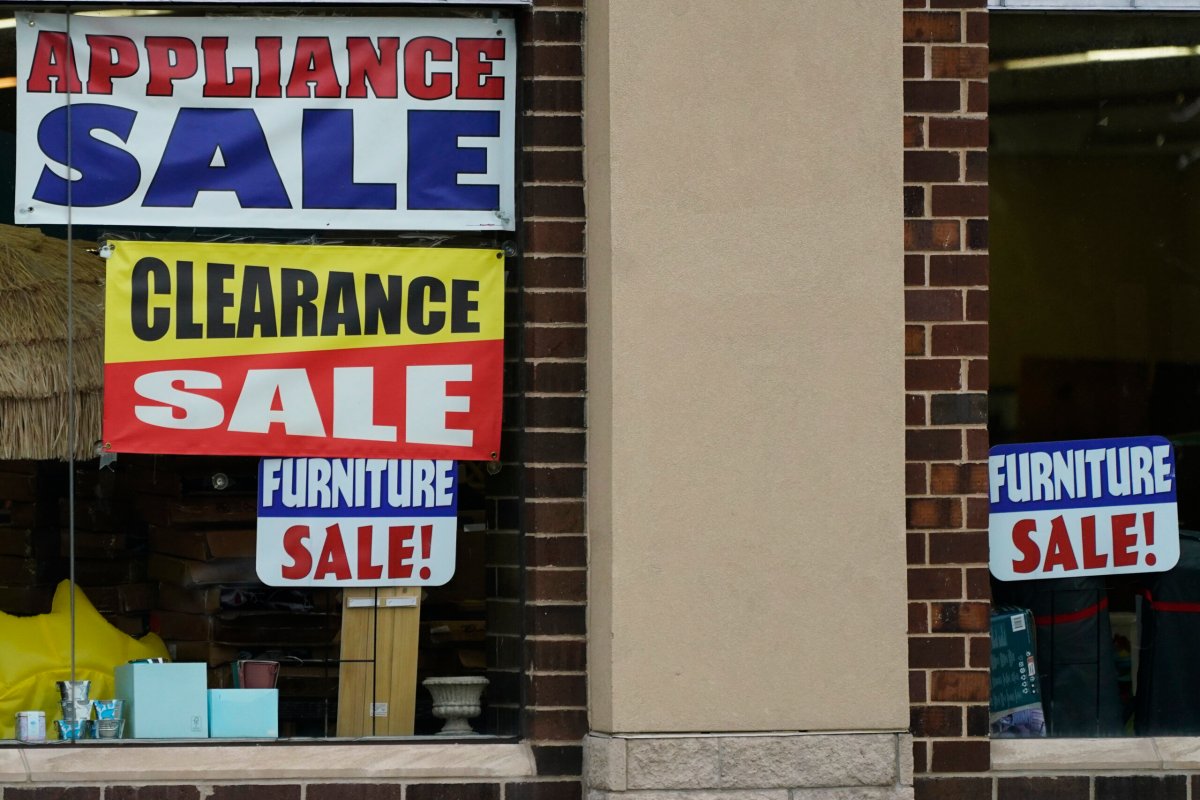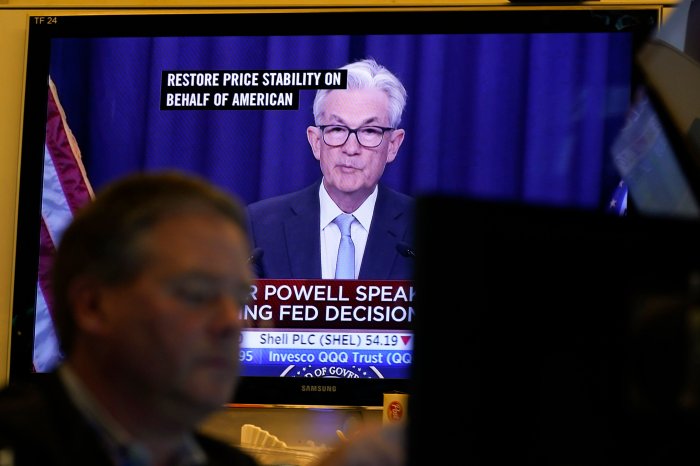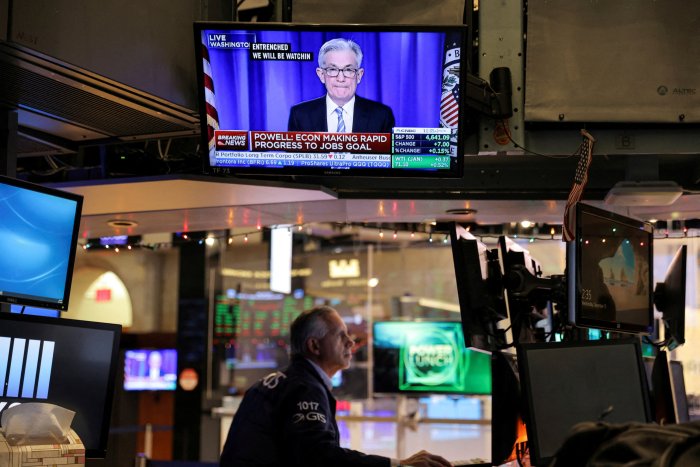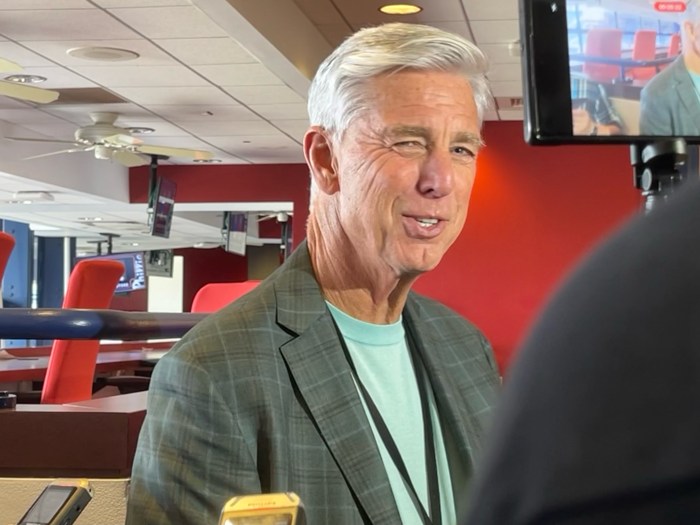By CHRISTOPHER RUGABER AP Economics Writer
WASHINGTON — Inflation in the United States slowed last month in a sign that the Federal Reserve’s interest rate hikes are continuing to cool the consumer price spikes that have bedeviled consumers for the past two years.
Tuesday’s report from the Labor Department showed that prices either fell or rose only slowly across a broad range of goods and services, including gas, new and used cars, hotel rooms and housing. Overall inflation was unchanged from September to October, down from the 0.4% jump the previous month. Compared with 12 months ago, consumer prices rose 3.2% in October, down from the 3.7% rise in September and the smallest year-over-year increase since June.
Excluding volatile food and energy prices, so-called core prices also weakened unexpectedly. They rose just 0.2% from September to October, slightly below the pace of the previous two months. Economists closely track core prices, which are thought to provide a good sign of inflation’s future path. Measured year over year, core prices rose 4% in October, down from 4.1% in September.
October’s milder-than-expected price figures could make it less likely that the Fed will impose another interest rate hike. Fed officials, led by Chair Jerome Powell, are considering whether their benchmark rate is high enough to quell inflation or if they need to impose another rate hike in coming months.
Powell had said last week that Fed officials were “not confident” that rates had gotten sufficiently high to tame inflation. The Fed has raised its benchmark interest rate 11 times in the past year and a half, to about 5.4%, the highest level in 22 years.
But the Fed has raised its key rate just once since May. Since its last meeting on Nov. 1, a government report showed that hiring cooled in October compared with September.
The central bank’s rate hikes have increased the costs of mortgages, auto loans, credit cards and many forms of business borrowing, part of a concerted drive to slow growth and cool inflation pressures. The Fed is trying to achieve a “soft landing” — raising borrowing costs just enough to curb inflation without tipping the economy into a deep recession.
The rate increases have had some impact: Year-over-year inflation has dropped from a peak of 9.1% in June 2022, the highest level in four decades, to 3.7% in September.
Prices first accelerated in 2021 as consumers stepped up spending amid a fading pandemic. Much greater demand ran headlong into snarled supply chains, which led retailers and other companies to quickly jack up prices. Inflation has since eased as supply chains have improved and higher borrowing rates have weakened some industries, notably housing.
But in his remarks last week, Powell said that further reductions in inflation might require a cooldown in spending in addition to further improvements in supply networks — a distinction that potentially points to further hikes.
Economists are keeping a close eye on several inflation metrics, including the cost of rent and housing, health insurance and services such as dining out, entertainment and travel. Starting with Tuesday’s price report, the government is altering how it calculates health insurance costs, and the changes are expected to result in higher overall inflation rates in the coming months.
Many economists say a key reason why most Americans hold a gloomy view of the economy despite very low unemployment and steady hiring is that the costs of things they buy regularly — milk, meat, bread and other groceries — remain so much higher than they were three years ago. Many of these items are still growing more expensive, though more gradually.

































